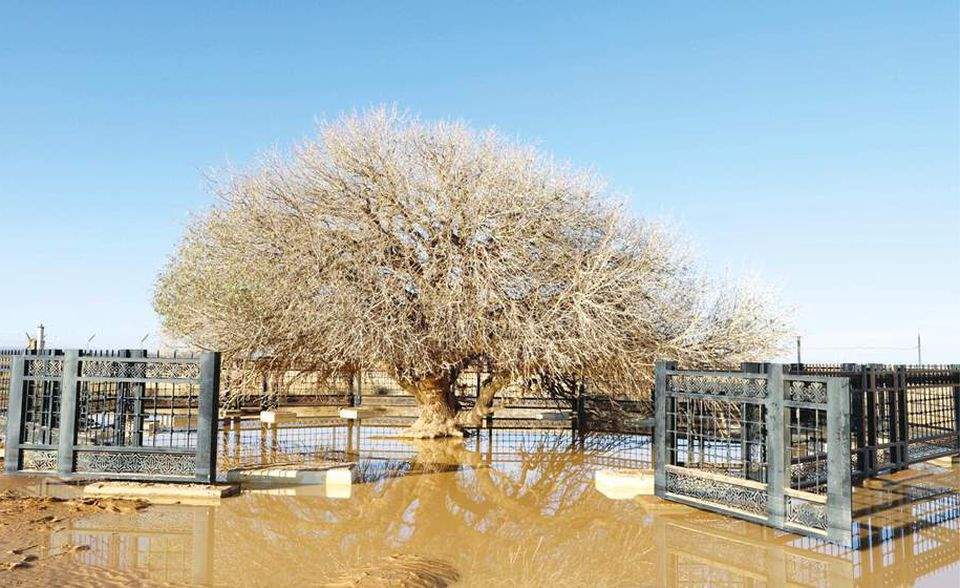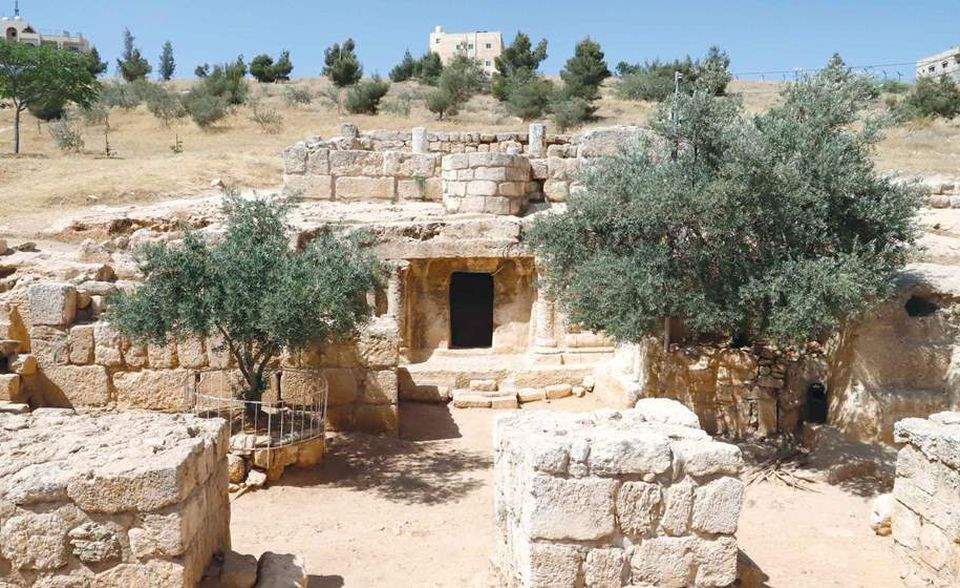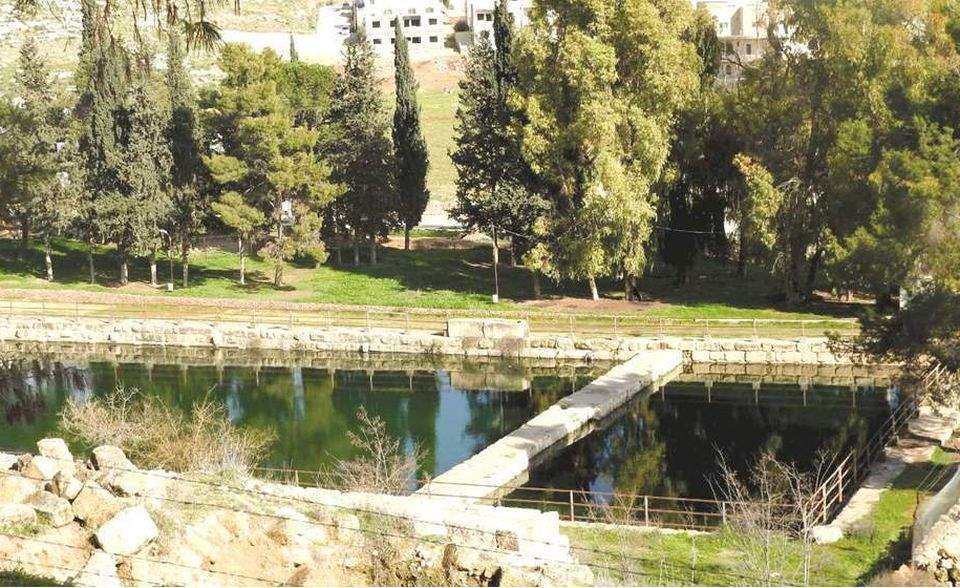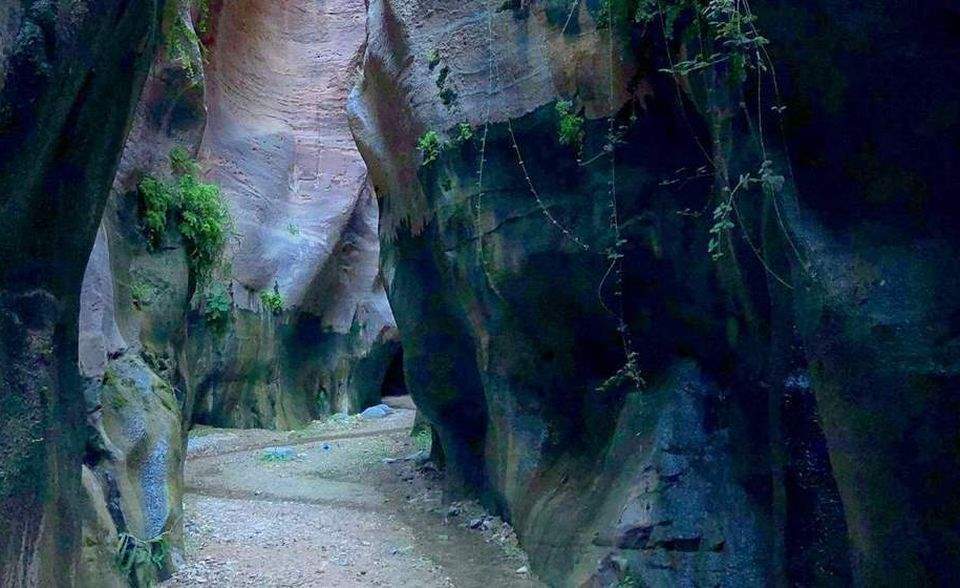AMMAN — The ongoing pandemic makes it challenging to
travel like we used to. But not to worry: There are plenty of unique and
historical sites you can visit in Jordan without leaving the country. We put
together this list of unique and lesser-known Jordanian travel spots that you
can visit without hopping on an international flight.
اضافة اعلان
Don’t worry, you won’t find Aqaba or Wadi Rum
on this list. Instead, we chose to focus on locations that don’t get as much
attention. No matter where you go, make sure to stay safe and enjoy your
holiday.
Blessed Tree
 (Photos: Kimi Bississo/Jordan News)
(Photos: Kimi Bississo/Jordan News)
It takes a long journey to get to the Blessed Tree from Amman — but the voyage is
worth it. In the remote desert near the Jordan-Iraqi border, dedicated
travelers can find the tree. Stories say that the Prophet Mohammad visited the
tree on his way to Syria. The tree has been estimated to be over 1,500 years
old, a living testament to history, religion, and culture.
The site, in what is now Safawi, is overseen by the Ministry of Awqaf and
Islamic Affairs as well as a royal committee that administers and restores
Islamic shrines. Check out our
previous coverage for tips on how to access
the site.
Tahounet Odeh
 (Photo: Ahmed Bani Mustafa/Jordan News)
(Photo: Ahmed Bani Mustafa/Jordan News)
You can add a historical touch to your visit to Irbid by
visiting Tahounet Odeh, or the mill of
Odeh. This ancient watermill has been restored into a fully operational tourist
site, offering a glimpse into how early Ottomans ground grain using just the
natural flow of water.
The mill is surrounded by Roman olive trees and thousands of pomegranate trees.
The mill lies within Wadi Al-Yabiss, an incredibly fertile valley considered
one of the largest producers of Jordanian pomegranates. Visitors to the mill
can purchase locally made pomegranate products, like jam, juice, and soap.
Cave of the Seven Sleepers
 (Photos: By Kimi Bississo/Jordan News)
(Photos: By Kimi Bississo/Jordan News)
The ‘Cave of the Seven Sleepers’ is located
just a brisk 20-minute drive from Amman. The story of the cave is told in
both the Christian and Muslim faiths: seven men living in a time of idol worship
were brought together by their secret belief in one God. Fearing persecution
for their beliefs, the men fled and took refuge in a cave — only for God to
preserve them for 300 years so they could wake in an age of
tolerance.
A groundskeeper offers tours of the cave and
narrates its story to visitors. Read our previous coverage for an idea of what to
expect at this incredible religious and historical site.
Al-Birketein
 (Photos: Ahmad Bani Mustafa/Jordan News)
(Photos: Ahmad Bani Mustafa/Jordan News)
Almost anyone who’s ever stepped foot in Jordan knows
about the Roman theater downtown. But there are many more Roman ruins scattered
throughout the country, including the Al-Birketein (two pools) in modern-day
Jerash. The two large pools measure 88 meters long by 43 meters wide. The site,
which also includes a festival theater, bath, and paved collonade, was
originally designed to host the festivals of Maiuma, according to an
inscription.
Although Al-Birketein is under the administration and
protection of the Ministry of Tourism and Antiquities, the site is
underdeveloped and rarely seen by tourists. You can be one of the lucky few to visit the pools, which date back to
the third century AD.
Wadi Bin Hammad
 (Photo: Duha Fayad/Jordan News)
(Photo: Duha Fayad/Jordan News)
Lovers of the outdoor should add Wadi Bin Hammad to their eid
itinerary. The canyon, though not the most famous wadi in Jordan, makes for a
gorgeous and unique hike in Karak. The wadi features both natural hot springs
and a waterfall.
Professional guides can help you make your way through the
hike. Make sure to stay safe and bring lots of water during the intense heat in
Jordan.
Read more Lifestyle







